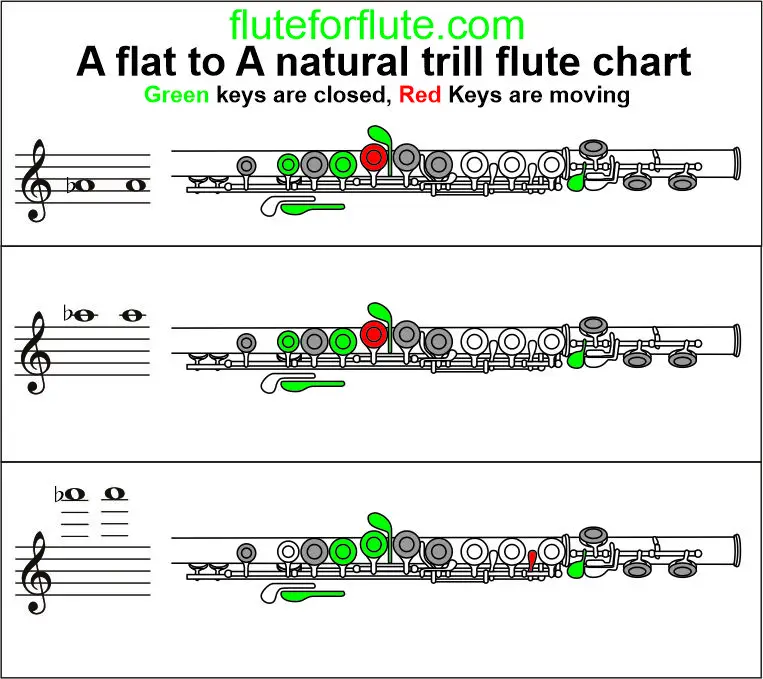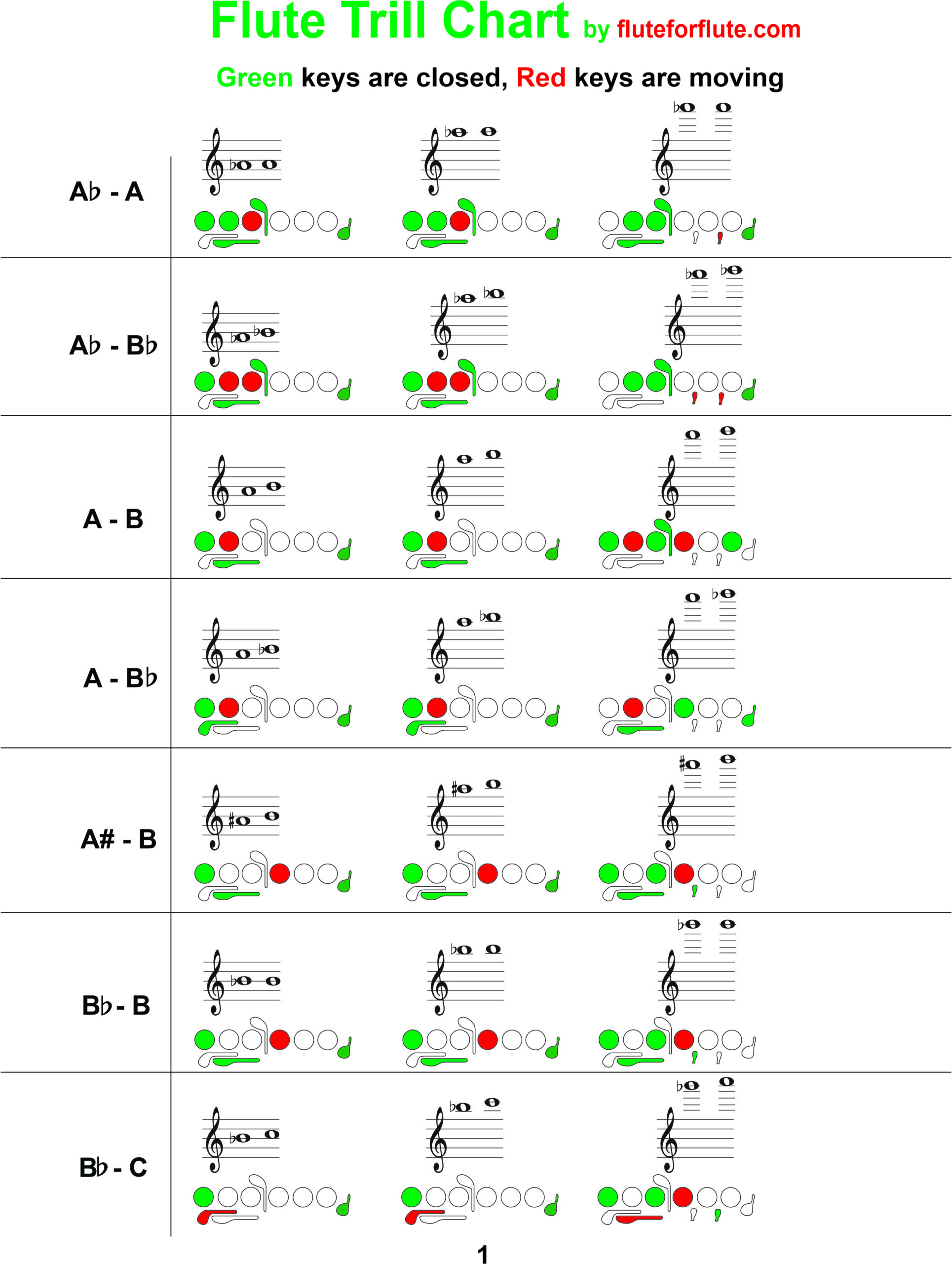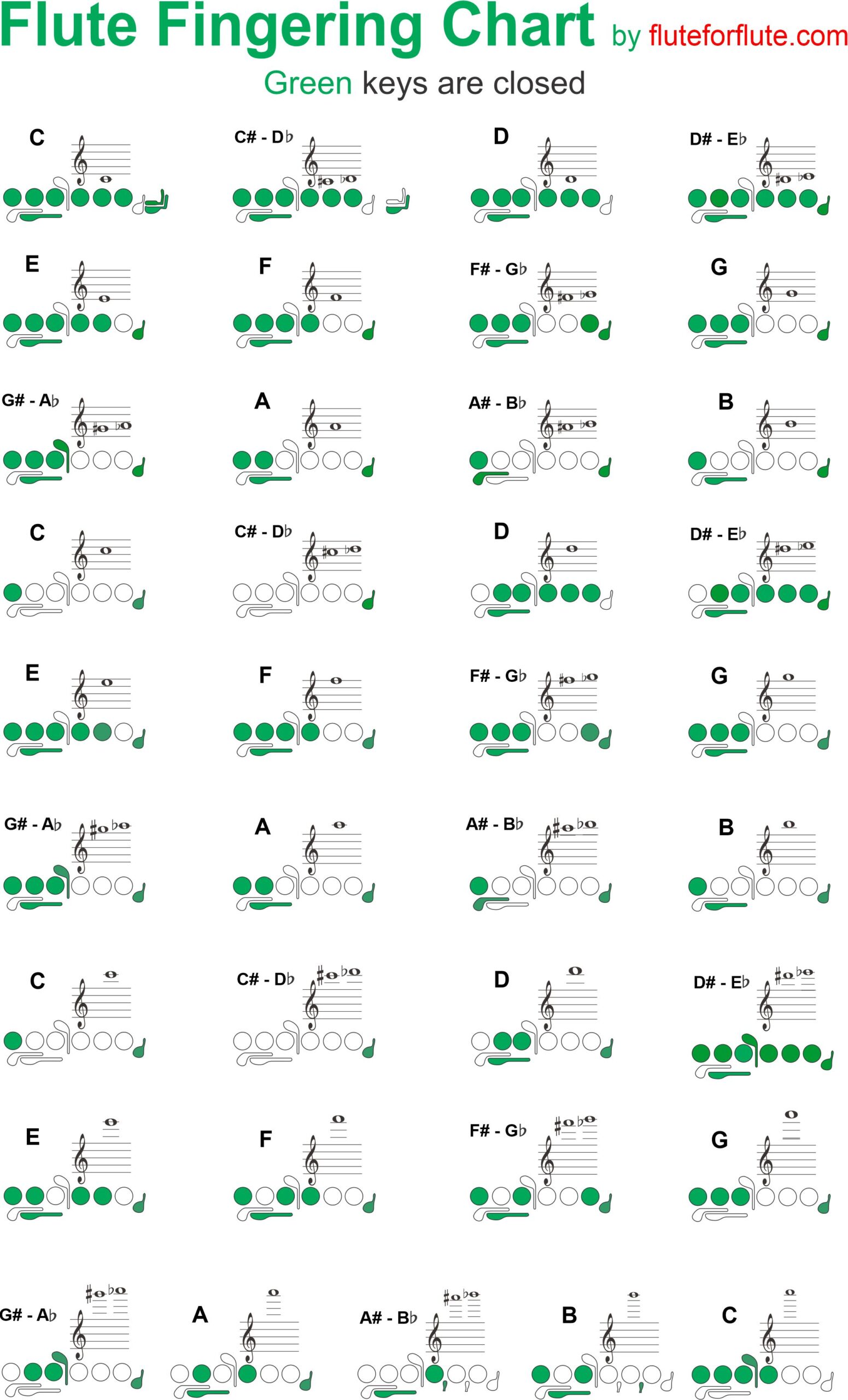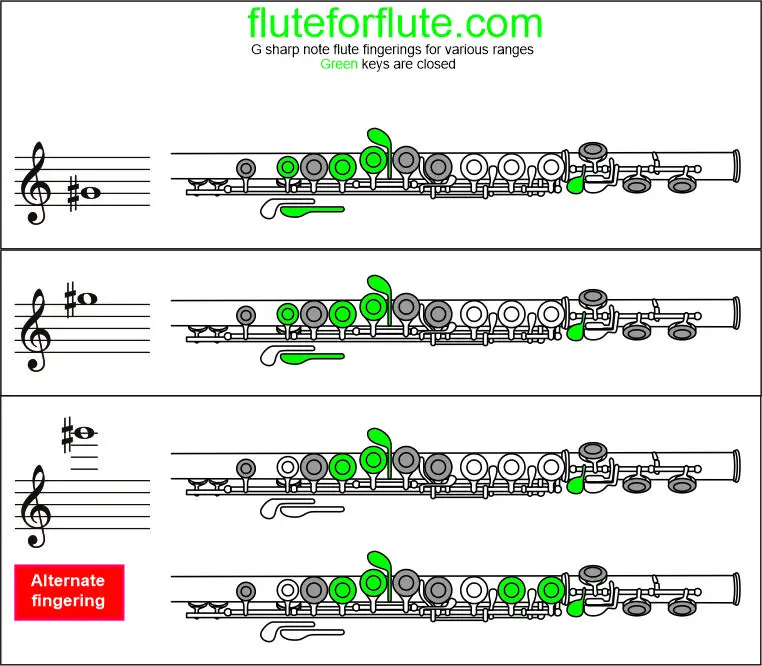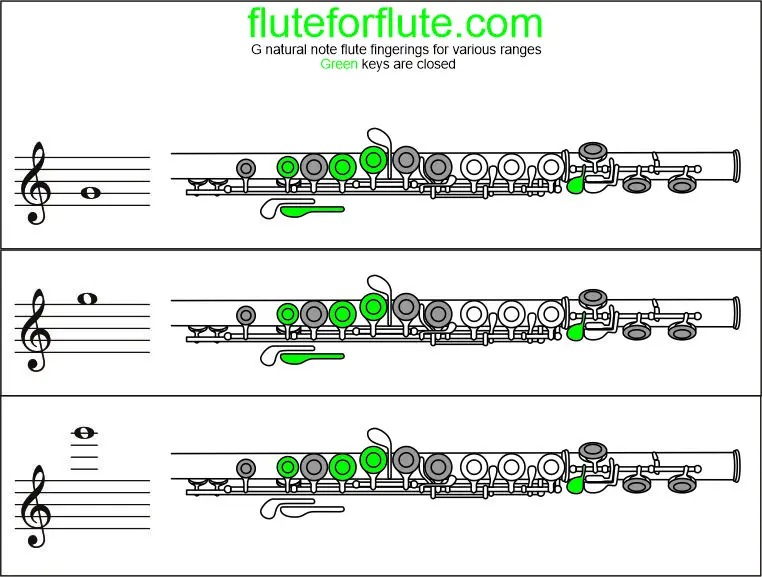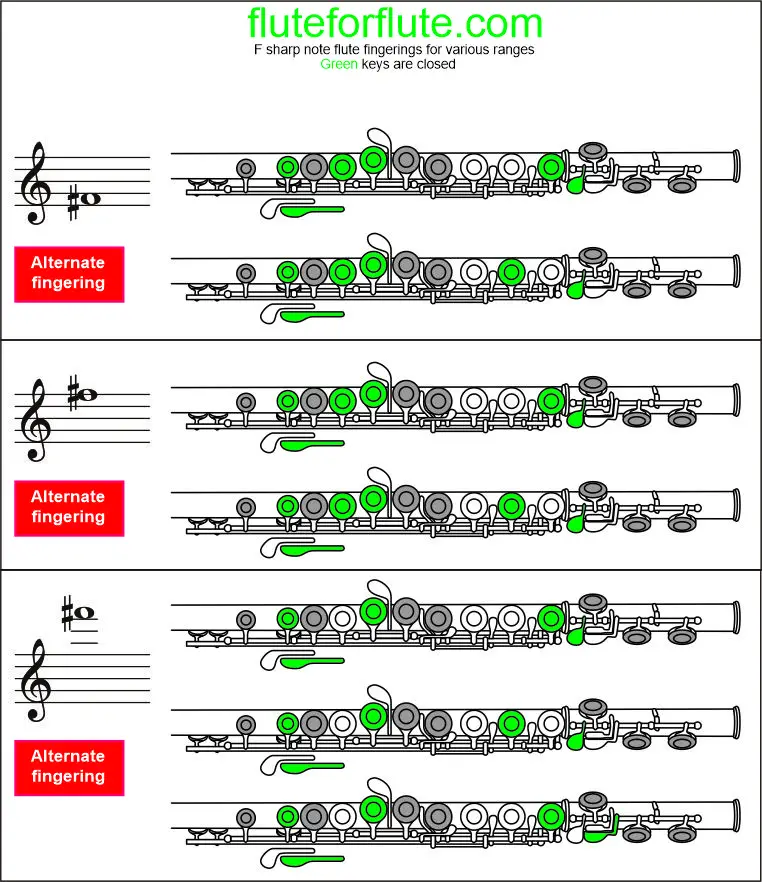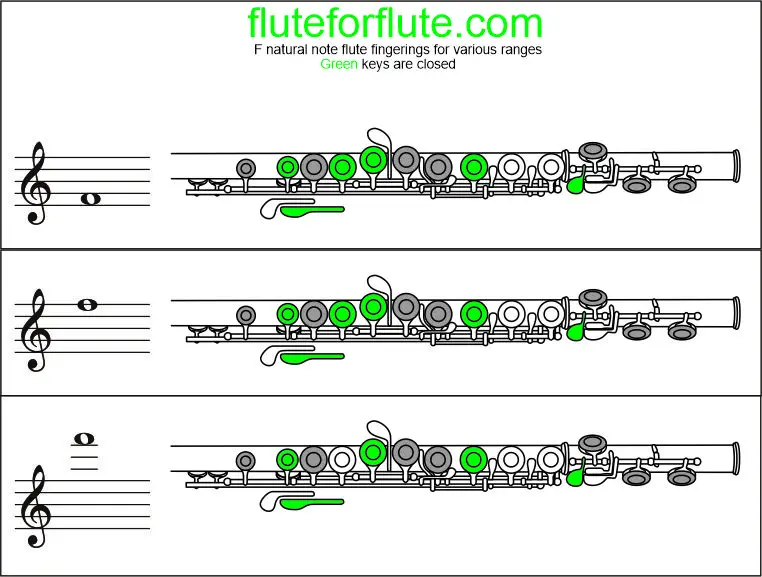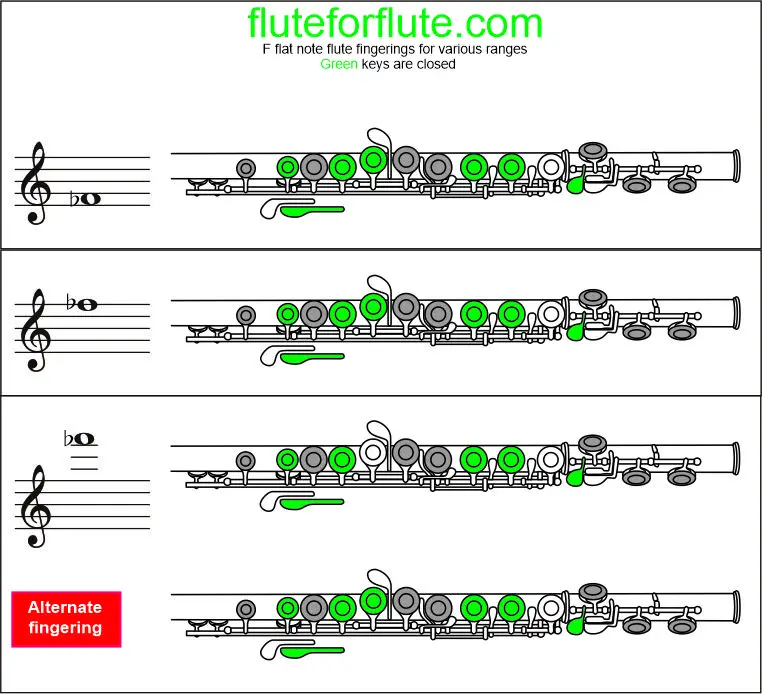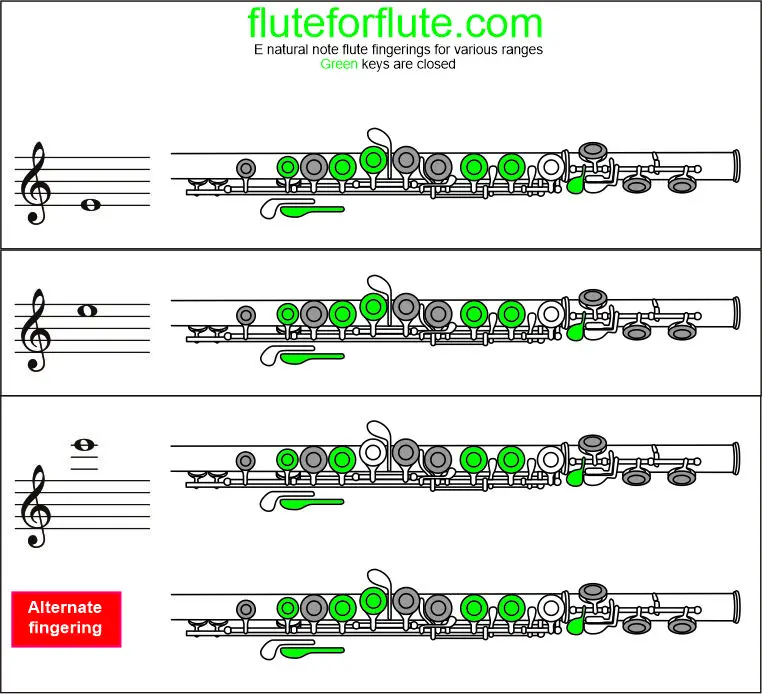A flat to A trill on flute: Low and high trill fingering
To play A flat to A natural trill on the flute, use the finger chart or follow the guidelines for finger placement below; A flat to A trill chart on flute Low A flat to A trill on flute guidelines Left hand Right hand Index finger closed opened Middle finger closed opened Ring finger … Read more
